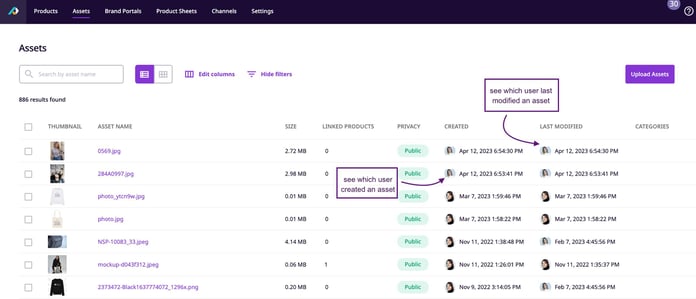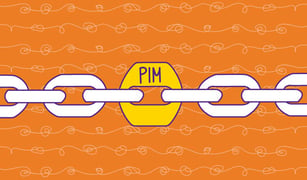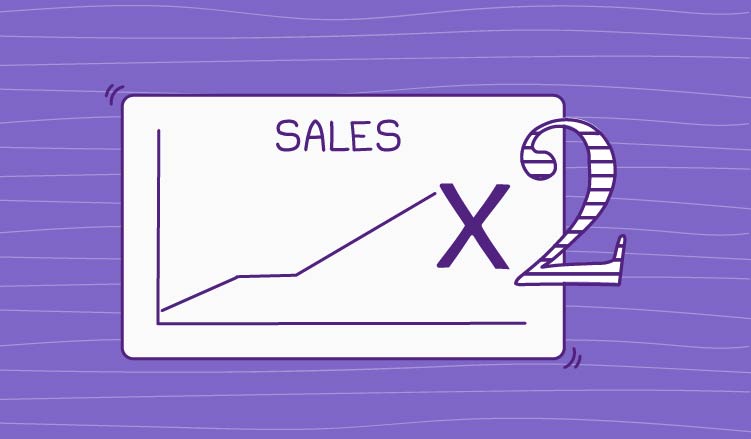In ecommerce, the success of a product is highly dependent on the quality of your product information. It helps customers make a purchasing decision by telling them what the product is, what it does, and if it fits their needs and preferences.
But, the quality of product content isn’t just for customer experience, even though a survey shows that 87% of customers rate product content extremely or very important when purchasing a product. High-quality data is also needed to communicate with various supply chain stakeholders. This is why you need a PIM tool for supply chain management.
What is a product information management system?
Oftentimes, business owners don’t see the need for a PIM tool when they have tools such as ERP and an inventory management system for supply chain management. But, the truth is, a product content management system holds its own in ecommerce. While the capabilities of other systems may overlap with some PIM capabilities, they aren’t built to manage all kinds of product information.
A PIM software takes managing product information to the next level as it becomes a single source of truth that helps you cut down data management by six hours and helps reduce human errors that are bound to happen when a person spends hours on tedious tasks. But, here are further details on why it is an essential part of supply chain management. Let’s get into it.
Ensures you always have access to the right information
There is no time to make mistakes in ecommerce, but they are likely to happen when you make use of spreadsheets or using softwares that isn’t designed to manage product information. In a supply chain, there are many moving parts before the product reaches a customer. Let’s say someone in the early stages of the supply chain changes or updates product information but forgets to update it in all the various places this data is being kept. Another user can easily get a hold of the incorrect information, which can result in confusion. Or you’ll have to redo an order because manufacturers got the wrong information. See how something as small as working on different platforms and not having a central location for your data can have a costly impact at a later stage? This can be avoided when one has a PIM, as it ensures that everyone has access to the recently updated version of information so that there are no communication gaps.

Helps reduce costs within the supply chain
If you run a multichannel ecommerce business and sell in different countries, you know that the data in your supply chain won’t be the same and needs to be handled carefully. This is because a product needs to meet a country's laws and regulations, and global regulatory requirements are one of the major issues in supply chain management. With that responsibility, supply chains need to manage product data in an acceptable industry format and standard classifications to avoid returns or delays, which can become a costly logistics expense.
A product data management tool for supply chain management can help you manage all of the different formats for each country and improve the efficiency and management of that information within the supply chain. By doing this, you make selling in another geographical area more cost-efficient as you can reduce operational costs by ensuring your data is accurate and accessible at all times.
Make better decisions for your supply chain
There are plenty of reasons for wanting to centralize data because when you have information in different systems, you never get to see the whole picture, and it becomes harder to make decisions. Having a product information database allows you to pull information from your ERP, inventory management tool, spreadsheets, and other storage units so that each stakeholder within the supply chain understands the relation between different suppliers and what their input and output are. Being able to get all of the insights you need to help make decisions is a game-changer.
Optimizes logistics through data accuracy
With accurate and complete data, you have greater visibility of the whole supply chain and you can optimize processes effectively. In this case, it can help you optimize logistics as they are dependent on product data in order to segment your target audience and customer groups. When you can create segmentations, supply chain managers can work on prioritizing deliveries and optimizing logistics which enables you to make suitable provisions to swiftly distribute products that are labeled as urgent. When you have a central source of information, you can ensure that best-selling products are always stocked up and that you meet delivery deadlines. The accuracy of product information is critical for operational efficiency.
Improve supply chain efficiency with Plytix
Efficiency is everything when dealing with customers, which is why a PIM for ecommerce is valuable. While you can make use of an ERP, inventory management system, and other storage methods for product data, wouldn’t it be better to integrate your ERP and inventory management system and digital assets into a PIM solution? That way, you have a full idea of your product information to ensure efficiency. You can with Plytix.
Download our free whitepaper to further understand how a PIM system and ERP integration work and how they can benefit your supply chain. Or, if you’ve done enough research and are ready to adopt a product information management (PIM) tool, contact us today so that we can set a demo for you.




